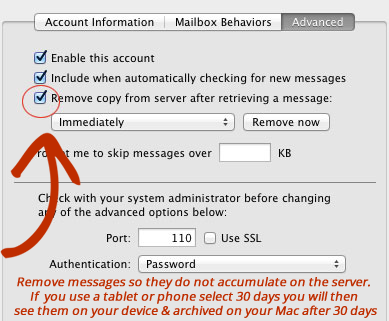
I checked that out, but the options are much less powerful, and there is no way to use Return Path or Message Content to write a rule, the two I have found most useful. However, once that you do this solution on your Mac, the caches of your email will also be deleted on your Mac.

They suggested setting up rules in iCloud. Doing a delete and re-adding process on your email account on the Mail app of your Mac can solve the problem when you are unable to verify the account name and password on Mac mail. To remove email accounts from a Mac, click on the Apple menu click on System Preferences Click on 'Internet Accounts' Click on the email account you wish to remove Click on '-' Then, click on 'Ok. Repeat these steps for each account you wish to. The email account has been removed from your Mac.

The accounts are listed in the pane on the left side of the dialog box. I talked to Apple Support about this, and they didn't have a clue. It's the blue '' icon in the center of the window. If I quit Mail, and relaunch, I will again be able to create a rule which Mail defaults to Rule 2, and it works for that day at least. If I set up another rule in the same session, Mail will name it something like Rule 528, and the rule will not work at all. If I create a new rule, exactly the same as the one from the day before, it works for what is currently in the inbox.Īnother twist: I set up a new rule, which Mail insists on calling Rule 2. The next day, more emails with the same return path appear, the rule does not delete them. I click Apply, and the offending emails are deleted I like to use the Return Path option, and narrow it down to the key portion of the return path I click on a junk mail, open rules, and select Add Rule This has been a problem for at least a couple of years, and continued after upgrading to Sierra.

Unfortunately, Mail behaves erratically when enforcing the rules. I have set up a large number of rules in Mail to delete spam.


 0 kommentar(er)
0 kommentar(er)
